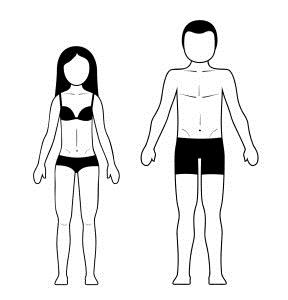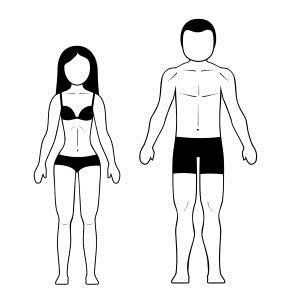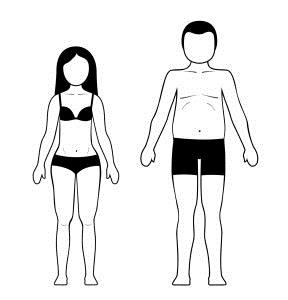10 interesting facts you should know about running shoes and injury prevention
There is so much written about running shoes that its hardly surprising things get confusing. But for all the tweets, posts and runners websites the science is far more interesting and it would help if every runner knew the ten following points about running shoes. Feel free to spread these facts around! For all the masses of energy the shoe industry has put into midsole material research, the best that can be expected of a running shoe regards the energy it returns to the runner after ground contact is about 1% of the energy required to push off the ground. The surface you run on has a much bigger effect on this.
-
- The running surface and running speed has the biggest effect on stride length and foot strike position. The effect is far greater than wearing certain shoes, or running barefoot. This might not be what barefoot runners want to hear, but its true! Not that running barefoot is a problem if you enjoy doing it.
- Barefoot runners don’t suffer injuries less. Just different injuries. This is also true of heel strikers, compared to midfoot strikers, compared to forefoot strikers. We all have a preferred strike position when we run and trying to force that change can cause problems in of it self. However, certain recurrent injuries can be prevented by a change in strike position, but seek some professional advice as these changes in themselves can also cause a new injury.
- Where we strike the ground is dependent on the speed we running at. Running fast takes you up on the toes, but running long distances will generally make you at least midfoot strike, and for most you’ll develop a heel strike, especially as you fatigue. Lots of runners use a mixture of strike positions when running, and some are actually are different left to right.
- Sole stiffness across the toes has a big effect on energy used in running. The more our toes bend up on running the more inefficient our running is! However if the sole is too stiff across the toes, we can’t use our toes to flex to help our running efficiency. In very stiff shoes our calf muscles, have to work harder: risking injury to them. Having a moderately stiff sole with slight bending at the toes seems to be best for most people. But if you have very strong calf muscles you might run best in a stiff soled shoe.
- One of the strongest correlations between injury and footwear relates to the weight of the runner in relation to the weight of the running shoe. If you’re a light runner use a light running shoe. If you’re a bulker person, use a heavier running shoe. People are often divided by their shape into morphological groups:
• Ectomorph = light and skinny people, good long distance runner shape. Light running shoe best, minimum midsole material.

• Mesomorph = muscular like a sprinter. Medium weight running shoe best, with medium midsole.

• Endomorph = bulky more like a rugby forward. Heavier running shoe with more midsole best.

- Don’t wear one pair of running shoes for too long. Remember to replace your running shoes at around 600 miles of running. One clever trip is buy a second pair of the same trainers and start wearing them as the original trainers are at 300 miles of wear and then alternate between the two pairs. When the old doesn’t feel like the newer pair, replace them, and alternate your pairs again. You can still use old running shoes for walking except if your trainers wear very unevenly. If so bin them!
- Insoles don’t weaken your feet! Because insoles should be designed to allow your foot to work over them, the muscles are still functioning. They can just make life easier protecting you from fatigue, especially after injury or when returning to running after a break. But if you don’t need them, don’t wear them.Always reduce your running distance after a break. Even a two-week holiday can dramatically reduce your initial performance. On return from a month or less break start at 2/3rd you’re normal distance. If you’ve been off for longer drop to ½ the distance. If over 3 months start at 1/3rd If you’ve been off over 6 months, seriously consider starting a running programme again from scratch! If you don’t do this you risk injury.
- Avoid sudden increases in running distance or speed. Only increase one or the other by 5% per week, never together. Keep your feet and calf muscles strong.
Be sure also to check out our X Line Run insoles for running shoes.
